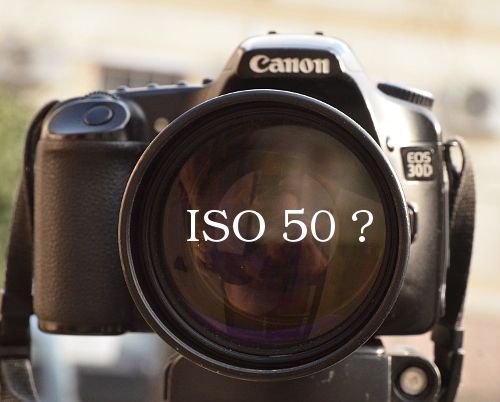ISO 50
ISO 50
For most Dslr /compact or mirrorless cameras the ISO 50 is not a native setting. It is usually clear from the specs what is the native iso setting for the camera. Usually the base ISO setting for most cameras is iso 100 or iso 200 for some cameras. In fact most cameras doesn’t even has an ISO 50 setting (for example most Aps-C / Dx cameras).
Usually the picture quality is the best in the lowest (native) ISO settings. The dynamic range or noise levels or color saturation is the best at the lowest settings. If we higher the iso levels we will have higher shutter speeds or smaller aperture meaning more depth of field, but we loose dynamic range, the noise level will be higher, and the saturation will be less as well in the higher settings.
ISO 50 setting is preferred when we want longer shutter speeds in good light, or want to use lenses with bright apertures, preferred for depth of field reasons in bright conditions. Many time it is not enough, perhaps an additional ND filter also needed to have the shutter speed we wanted.
Usually in most cases the ISO 50 setting is generated from the ISO 100 (or 200) setting which means the picture quality is not better at all. The camera overexpose the file by 1 f-stop and make a certain calculations to achieve the result.
Some cameras for example the Nikon D810 has a true ISO 50 or ISO 64 setting, which means that some picture parameters like dynamic range, colors etc is better at the lower settings.
Other place to check this at DXOmark graphs of different cameras.
